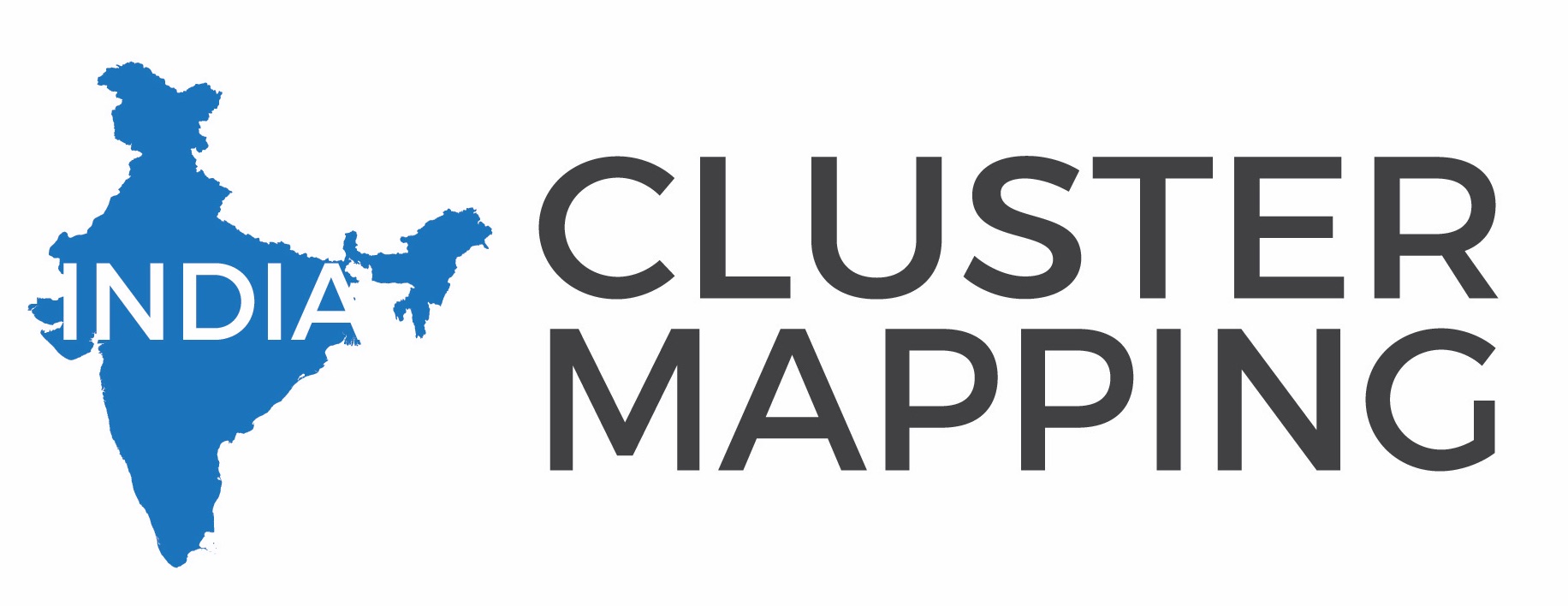Glossary of Terms

Cluster Stars
The overall performance of a cluster is measured across four dimensions – specialization, size, productivity, dynamism. A star is assigned for each of the four dimensions to the regions that are in top 20 percent. As there are around 31 regions that are considered for this study a star is assigned to 6 regions in each dimension for every cluster category. For instance, if Maharashtra is in top 20 percent of the regions by employment for Automotive Cluster, it will be assigned one star, and Automotive will be a one-star cluster in Maharashtra. But if for the same cluster it lies in the top 20 percent regions by location quotient then it will get two stars. Being in the top 20 percent regions for the same cluster by productivity and dynamism will earn Maharashtra four stars. The strength of a region’s cluster portfolio is measured by summing up the performance across its individual clusters. For instance, if a state has four one-star clusters, seven two-star clusters, four three-star clusters and five four-star clusters, then the total stars that the state gets are 4*1 + 7*2 + 4*3 + 5*4, i.e., 50.
Gross Value Added
Total Output – Total Inputs
Where,
Total Output = Ex-factory value of quantity manufactured + Total receipts
Total Input = Materials consumed + Fuels consumed + Other input values
Local Industries
Local industries are dispersed throughout the nation. Their presence in a particular region tends to be proportional to the region’s size, since these industries primarily serve the local market.
Location Quotient
It is a measure of a region’s specialization. It captures the degree to which a particular industry or cluster is concentrated in a region compared to the nation. (Delgado, Bryden, &Zyontz)
It is calculated as follows:
Number of Units
The number of units that are working i.e. keep the status of unit to 1.
Production Workers
Male and female workers employed directly, and workers employed through contractors.
Production Worker Wages
Wages of male and female workers employed directly, and workers employed through contractors.
Share of regional employment in an industry
Number of people employed in industry in the region/ Total employment in the region
Skilled Workers
Supervisory & managerial staff and other employees
Skilled Worker Wages
Wages of supervisory & managerial staff and other employees.
Traded Industries
Traded industries are those that are located in particular regions but sell products across regions and countries.
Total Employees
The sum of production workers, skilled workers and unpaid family members.
Total Employee Wages
Wages of production workers, skilled workers and unpaid family members.
